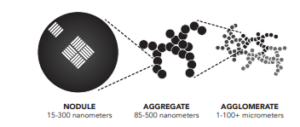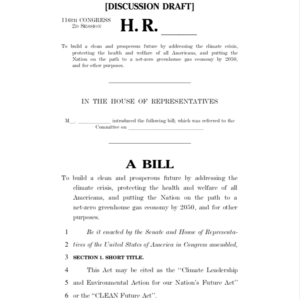North America
Methane splitting and turquoise ammonia
Most hydrogen today is produced from fossil fuels – steam methane reforming of natural gas, partial oxidation of coal or oil residues – and entails large CO2 emissions. This fossil hydrogen can be called “grey hydrogen”. Or sometimes, brown. The same color scheme applies to the ammonia produced from it, so we have “grey ammonia.” Or brown ammonia, your call. The exact carbon footprint depends on the fuel used and the efficiency of the facility, so you could easily identify many shades of grey. There is, however, another option to deliver clean hydrogen – and now another colour: turquoise, or green-blue (or blue-green). This is the colour of hydrogen from methane pyrolysis, a process that directly splits methane into hydrogen and solid carbon. Instead of being a waste, like CO2, that must be disposed of safely, solid carbon is potentially a resource.
A 100% Solution to Climate Change: Why is Ammonia Necessary?
It’s easy for people working on a particular technology or product to get overly focused on its wonderful promise. Sometimes we forget to consider whether or how our favorite idea fits into the larger issue. Of course, nearly everyone reading this piece in Ammonia Energy will be heartily into the idea of green ammonia as an energy carrier in a zero-emissions world. But let’s keep things in context – is green ammonia one good idea, one possibility, or is it an absolute requirement of a full solution to climate change? I looked at this question, not only for ammonia but for every category of technology, in the research and analysis project that became The 100% Solution, a recently-published book. It lays out five “pillars” that constitute the physical minimum steps needed to solve climate change.
ARPA-E Issues RFI for Next-Gen Ammonia System Integration
This week the United States Department of Energy’s Advanced Research Projects Agency – Energy (ARPA-E) issued a Request for Information under the title “Next Generation Ammonia System Integration Project.” This is a strong signal that ARPA-E intends to see the ammonia energy technologies in its portfolio through to commercial fruition.
US House draft bill defines ammonia as low-carbon fuel
In January 2020, the US House of Representatives published draft legislation that explicitly defines ammonia as a "low-carbon fuel." This is a first. The CLEAN Future Act is focused on electricity generation, and aims "to build a clean and prosperous future by addressing the climate crisis, protecting the health and welfare of all Americans, and putting the Nation on the path to a net-zero greenhouse gas economy by 2050." The point isn't that this will become law — that seems unlikely anytime soon — but that a mature understanding of the potential benefits of ammonia energy has finally reached policymakers in the heart of Washington DC.
USDoE Issues H2@Scale Funding Opportunity Announcement
Last month the U.S. Department of Energy’s Office of Energy Efficiency and Renewable Energy (EERE) issued a USD$64 million funding opportunity announcement (FOA) on behalf of the H2@Scale program. H2@Scale was launched in 2016 by representatives of several U.S. national laboratories with the goal of moving hydrogen energy technologies toward practical implementation. It is certainly one of the United States’ main vehicles for advancing the hydrogen economy. Given this, the program’s investments will do much to determine whether the U.S. is a leader or follower in ammonia energy. In June 2017, Ammonia Energy reported that “ammonia energy had started to move from the extreme periphery of the H2@Scale conceptual map toward its more trafficked precincts.” The EERE FOA shows that while progress is being made, the journey is not yet complete.
Los Angeles Commits to Hydrogen-Powered Electricity
Last month the Los Angeles Department of Water Power committed to a hydrogen-powered future. This is one manifestation of forces playing out within California that will transform the state’s energy sector -- and very likely the way policy makers around the world understand the art of the possible.








